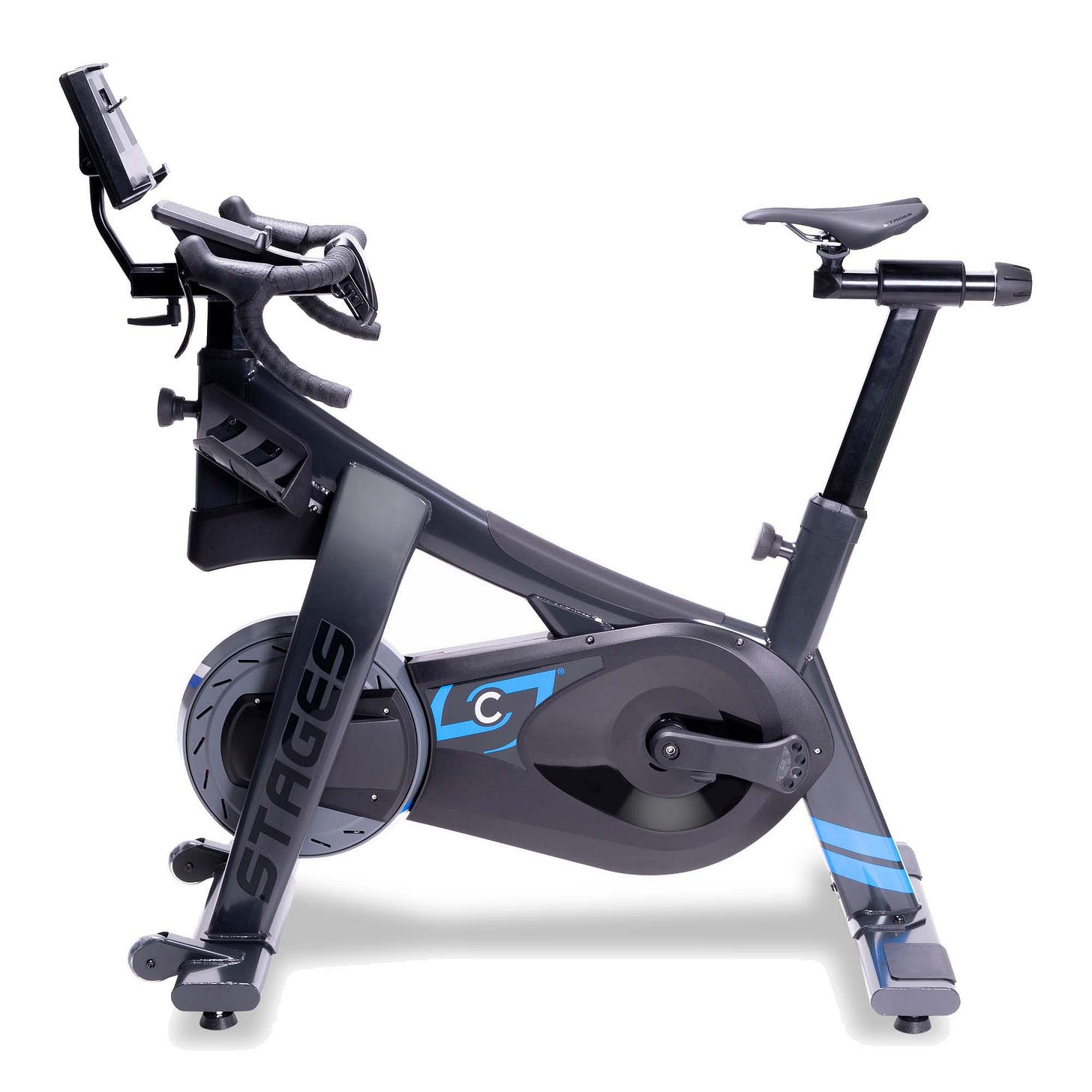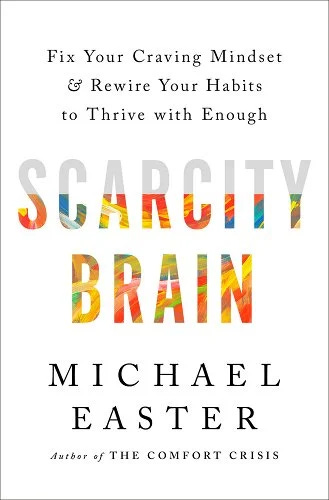Gear & Grit Dispatch - 343
Navigating the Complex Intersection of Consumerism and Wellness in Cycling Culture
**I’ve moved the weekly dispatch to Substack**
Social media is rife with questionable health solutions for issues we might not have been aware of before. In her recent article for The Guardian, Katherine Rowland examines the almost religious fervor surrounding health and wellness, pondering the deeper systemic issues this trend may reveal. She notes a wide spectrum of wellness industry offerings, ranging from simple activities like walking to more eccentric options like crystal-infused products, and even harmful practices such as using castor oil for cancer treatment. Rina Raphael, author of "The Gospel of Wellness," observes that maintaining health has shifted from regular doctor visits to an ongoing battle against illness, emotional distress, stress, and the concept of aging.
The industry tends to simplify solutions to complex problems. For instance, joining a union might have more impact on an individual's well-being than downloading a meditation app for work stress. Raphael points out that the emphasis on consumerist self-care is a distraction from underlying issues such as lack of maternity benefits, after-hours work demands, or unequal domestic labor division.
In the realm of cycling and its associated culture, the insights from Katherine Rowland's article and Rina Raphael's perspective in "The Gospel of Wellness" offer a poignant lens through which to view the cycling community's approach to health and wellness. As a cycling blogger, the connection between these broader wellness trends and the cycling world is both relevant and critical to explore.
The Cycling Community and Wellness Trends
Cycling, at its core, is often seen as a beacon of health and fitness. It's an activity that embodies the traditional elements of wellness - physical exercise, outdoor exposure, and a sense of community. However, the cycling community is not immune to the seductive allure of quick fixes and trendy wellness products. From high-tech gear promising performance enhancements to supplements and diets claiming to boost endurance, the cycling world mirrors the wider wellness industry in its variety of offerings.
Women in Cycling and Wellness
The pressures faced by women in the broader context of health and wellness are equally present in cycling. Women cyclists contend with societal expectations around physical appearance, performance, and balancing the demands of personal and professional life. The cycling industry, much like the wellness industry, often markets solutions focusing on individual responsibility and self-care, potentially overshadowing the need for systemic changes such as more inclusive cycling infrastructure, better representation in cycling media, and support for women in professional cycling.
Environmental and Social Factors
Rowland's argument that health outcomes are significantly influenced by environmental and social conditions finds resonance in the cycling world. For cyclists, factors like road safety, air quality, and community support networks are crucial for their wellbeing. The focus on individual solutions, such as wearing high-end protective gear, while beneficial, can sometimes detract from advocating for more fundamental changes like improved cycling lanes, traffic reforms, and community building.
The Consumerist Trap in Cycling
The cycling industry, much like the wellness industry, can simplify complex issues into consumerist solutions. While purchasing the latest bike technology or joining a premium cycling club might provide short-term satisfaction, these actions do not address deeper issues such as the need for more equitable access to cycling facilities or the promotion of cycling as a sustainable mode of transportation in urban planning.
Reimagining Wellness in Cycling
Adopting Raphael and Rowland's approach, the cycling community could benefit from reimagining wellness. This could involve shifting the focus from individual responsibility and consumerism to collective action and systemic change. For instance, advocating for better urban infrastructure for cyclists or promoting campaigns for road safety and environmental sustainability can have a more profound impact on the collective wellbeing of cyclists than individualized solutions. —Kevin
On Gear & Grit this Week
🎁 Ultimate Holiday Gift Guide for Cyclists: Find the perfect present for the pedal-pusher in your life. Check it out
🚲 Black Friday Indoor Training Deals: Gear up for winter with these hot offers! Discover deals
💉 Lugworm Hemoglobin & Doping: A bizarre twist in cycling's doping saga. Read more
⚖️ Kaitlin Armstrong Trial Verdict: A gripping conclusion to a high-profile case. Learn the outcome
🏘️ Suburban Design & Kids' Growth: How suburbs impact our children's development. Explore
🚵 Tristan Cardew's Badlands Journey: Grit, glory, and grueling adventure. Follow his journey
☕ The Caffeine Conundrum: Balancing caffeine for sleep and cycling performance. Get insights
🚗 Road Safety Paradox: Less driving, more fatalities? Unpack the paradox
👕 Camp and Go Slow Henley Shirt: Sustainable style for cyclists. See the style
📱 Strava's Flyover Feature: Relive your rides like never before. Explore now
📰 Closure of GCN: A major shift in cycling media. Read the details
💊 NSAIDs & Cycling Training: Impact on muscle growth and healing. Understand the impact
🚗 Vehicle Size Safety Arms Race: What it means for cyclists and pedestrians. Learn more
🔧 Dynaplug Air: The ultimate tire repair tool. Check it out
🍽️ Recognizing Underfueling in Cyclists: A guide for optimal performance. Read the guide
🚴 All-Road Adventure Bike by Horse Brand: Conquer the rugged. See the bike
The Gear I Loved this Week
Stages SB20 Smart Bike
Indoor training season is here and I’m back on the SB20. Two years in and about 10,000 miles later and the bike hasn’t skipped a beat. From cruising in Z2 for a few hours to all out sprints in a Zwift race the bike is comfortable and super solid. Right now the bike is on sale for $1,999 which is significantly less than I paid and I still feel like I got a deal.
From Around the Web
🚴 Buy Zwift's Entire Drop Shop: How much would you have to ride to Own the shop
🤖 Death by AI: A fun multiplayer game you can play from your phone exploring artificial intelligence. Play now
🌍 World Population Real-Time Simulator: Watch the world grow before your eyes. Explore here
🔭 James Webb Space Telescope Interactive: A breathtaking journey through the cosmos. Explore the universe
📚 NPR's Best Books of 2023: Find your next great read. Discover books
🦃 Cold Oven Thanksgiving Turkey Guide: Shake up your holiday cooking. Read the newsletter
🚢 Marine Traffic Tracker: Track ships across the globe in real-time. See the traffic
What I’m Reading
Michael Easter, author of The Comfort Crisis and one of the world's leading experts on behavior change, shows that the problem isn't you. The problem is your scarcity mindset, left over from our ancient ancestors. They had to constantly seek and consume to survive because vital survival tools like food, material goods, information, and power were scarce and hard to find. But with our modern ability to easily fulfill our ancient desire for more, our hardwired "scarcity brain" is now backfiring. And new technology and institutions--from dating and entertainment apps to our food and economic systems--are exploiting our scarcitybrain. They're bombarding us with subversive "scarcitycues," subtle triggers that lead us into low-reward cravings that hurt us in the long run. Scarcity cues can be direct and all-encompassing, like a sagging economy. Or they can be subtle and slight, like our neighbor buying a shiny new car. Easter's work suggests that the remedy for our scarcity-driven cravings lies in understanding and reshaping our desires, leading to a more fulfilling life.
Notable Quote
“Be careful what you cast out — the vacancy is quickly filled”
— Austin Osman Spare








